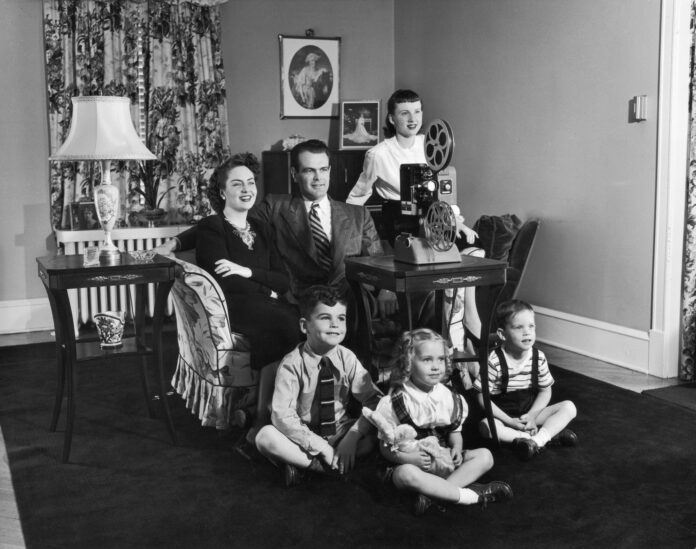BEN KENIGSBERG Absolutely, seeing a movie in a theater makes a difference, and not just for the obvious reasons (picture quality, sound, the absence of the distractions of home viewing). At their best, movies are also a social activity, and that’s as true today as in 1895. The hush that falls over a crowd during the largely dialogue-free “A Quiet Place” intensifies the suspense. Watching “Vertigo” in a theater for the umpteenth time last month, I heard gasps from viewers unfamiliar with its twists. And of course, there are all sorts of other reasons that going to the movies and home viewing aren’t comparable. Spending an evening out spills over to other places, like restaurants and bars.
JASON BAILEY The immersion, camaraderie and technical advantages of theatrical viewing are clearly preferable — in theory. In practice, it’s a different beast. And too often, those who most loudly advocate for preserving the magic of the theatrical experience aren’t having the same experience as the average moviegoer; filmmakers, industry executives, and (yes) critics see movies for free, at premieres and festivals and media screenings, in spiffed-up venues, cozy private screening rooms, or even (gasp) fancy home cinemas.
Regular audiences, on the other hand, shell out top dollar for a new release (often with surcharges for 3D, Imax and other superfluous bells and whistles). They’ll see something like “A Quiet Place” in a packed multiplex, its spell broken by the sonic booms of “Pacific Rim: Uprising” bleeding in from the next auditorium. And they may find themselves in a reserved seat next to a fellow moviegoer who chooses to spend those two hours answering texts and fave-ing pictures on Instagram.
Is this always the case? No. But it’s not uncommon. So who can blame a viewer who chooses to watch new movies, less expensively, in an environment they control?
BAILEY There’s no doubt that the Netflix model is deeply, deeply flawed, both in terms of its laughable “classics” selection and the speed with which many contemporary independent films crawl to the service. Netflix’s priorities mostly favor its original series, but I maintain that far more viewers saw “Mudbound,” “Okja” and “The Meyerowitz Stories (New and Selected),” and far more quickly, than if those movies had received more conventional releases. And even films that still go the theatrical route are available for home viewing sooner (the delay has shrunk to 90 days or less), which means audiences end up venturing out to theaters only for movies that seem like essential “big-screen” viewing.
Analysis:
The articles mentioned the core values of movie theatres that people have social connections with other viewers. Meanwhile, there are disadvantages, movie theatres are public spaces which means the audience would have to bear the boorish behaviors of some viewers. Customers are often uncertain of whether they are going to choose a streaming service or movie theatres since they both have advantages and disadvantages. Streaming services provide people with a safer option for watching movies during the pandemic, whereas movie theatres provide people with stunning studio effects and social interactions. These are both great options for watching movies. Streaming services and movie theater may need to find a way to coexist.




